详细说明
Purity
>80%, by SDS-PAGE under reducing conditions and visualized by silver stain
Endotoxin Level
<0.1 EU per 1 μg of the protein by the LAL method.
Activity
Measured by its binding ability in a functional ELISA. Immobilized rrUNC5H2/Fc Chimera at 5 µg/mL (100 µL/well) can bind rmNetrin-4 with a linear range of 6-400 ng/mL.
Source
Mouse myeloma cell line, NS0-derived Leu19-Val628 & Ala26-Val628, both with a C-terminal 10-His tag
Accession #
N-terminal Sequence
AnalysisLeu19 & Ala26
Predicted Molecular Mass
69 kDa
SDS-PAGE
85 kDa, reducing conditions
Carrier Free
What does CF mean?
CF stands for Carrier Free (CF). We typically add Bovine Serum Albumin (BSA) as a carrier protein to our recombinant proteins. Adding a carrier protein enhances protein stability, increases shelf-life, and allows the recombinant protein to be stored at a more dilute concentration. The carrier free version does not contain BSA.
What formulation is right for me?
In general, we advise purchasing the recombinant protein with BSA for use in cell or tissue culture, or as an ELISA standard. In contrast, the carrier free protein is recommended for applications, in which the presence of BSA could interfere.
1132-N4/CF |
| 1132-N4 |
Formulation Lyophilized from a 0.2 μm filtered solution in PBS. | Formulation Lyophilized from a 0.2 μm filtered solution in PBS with BSA as a carrier protein. | |
Reconstitution Reconstitute at 100 μg/mL in sterile PBS. | Reconstitution Reconstitute at 100 μg/mL in sterile PBS containing at least 0.1% human or bovine serum albumin. | |
Shipping The product is shipped at ambient temperature. Upon receipt, store it immediately at the temperature recommended below. | Shipping The product is shipped at ambient temperature. Upon receipt, store it immediately at the temperature recommended below. | |
Stability & Storage: Use a manual defrost freezer and avoid repeated freeze-thaw cycles.
| Stability & Storage: Use a manual defrost freezer and avoid repeated freeze-thaw cycles.
|
Background: Netrin-4
Netrins/UNC-6 (netr: Sanskrit for “one who guides”) are a family of laminin-related small proteins that are involved in neurite outgrowth and axon guidance. Netrins binds to the DCC and UNC5 family of receptors to attract or repel axons. Mouse Netrin-4, also known as beta -Netrin, is synthesized as a 629 amino acid (aa) precursor that contains a 19 aa signal sequence, a 428 aalaminin-related region containing an N-terminal laminin globular domain (domain VI) followed by 3 laminin EGF-like repeats, and a 182 aa C domain rich in basic aa residues that serves as a heparin binding site. Netrin-4 has been reported to exist as both a monomer and a dimer. The dimeric form was reported to be the less active of the two. Mouse Netrin-4 shares 31%, 29% and 25% aa sequence identity with mouse Netrin-1, -3, and -G1a, respectively. It also shares 89% aa sequence identity with human Netrin-4. Netrin-4 has widespread expression, occurring in nervous tissues such as embryonic floor plate and postnatal neurons such as cerebellar granule cells and hippocampal pyramidal cells. It also is found in non-neural tissues such as adult Bowman’s capsule and medullary tubular epithelium in kidney, and embryonic pancreatic and intestinal epithelium, plus cells of the ureteric bud. Netrin-4 expression is often associated with basement membrane. Netrin-4 has been shown to initiate axon outgrowth from olfactory bulb explants (1 - 7).
References:
McFarlane, S. (2000) Biochem. Cell. Biol. 78:563.
Kennedy, T.E. (2000) Biochem. Cell Biol. 78:569.
Yu, T.W. and C.I. Bargmann (2001) Nature Neurosci. 4(Suppl):1169.
Stein, E. et al. (2001) Science 291:1976.
Koch, M. et al. (2000) J. Cell Biol. 151:221.
Yin, Y. et al. (2000) Mech. Dev. 96:115.
Livesey, F.J. (1999) Cell. Mol. Life Sci. 56:62.
Entrez Gene IDs:
59277 (Human); 57764 (Mouse)
Alternate Names:
beta-Netrin; hepar-derived netrin-like protein; netrin 4; Netrin4; Netrin-4; NTN4; PRO3091







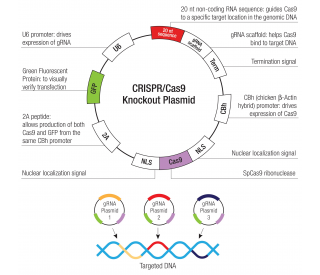
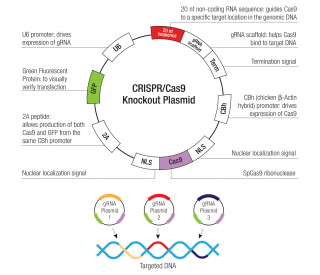
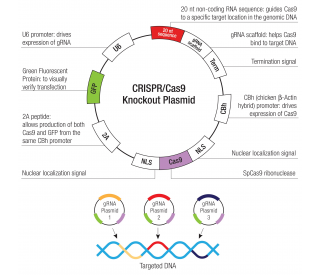
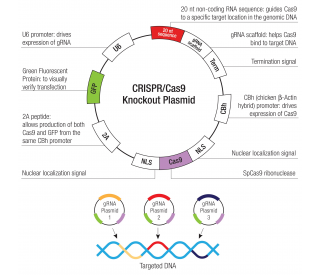
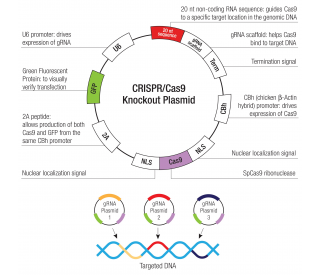
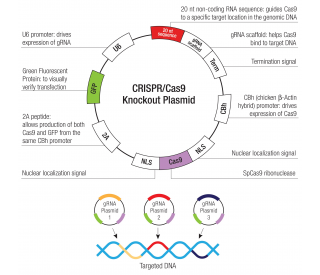



 粤公网安备44196802000105号
粤公网安备44196802000105号